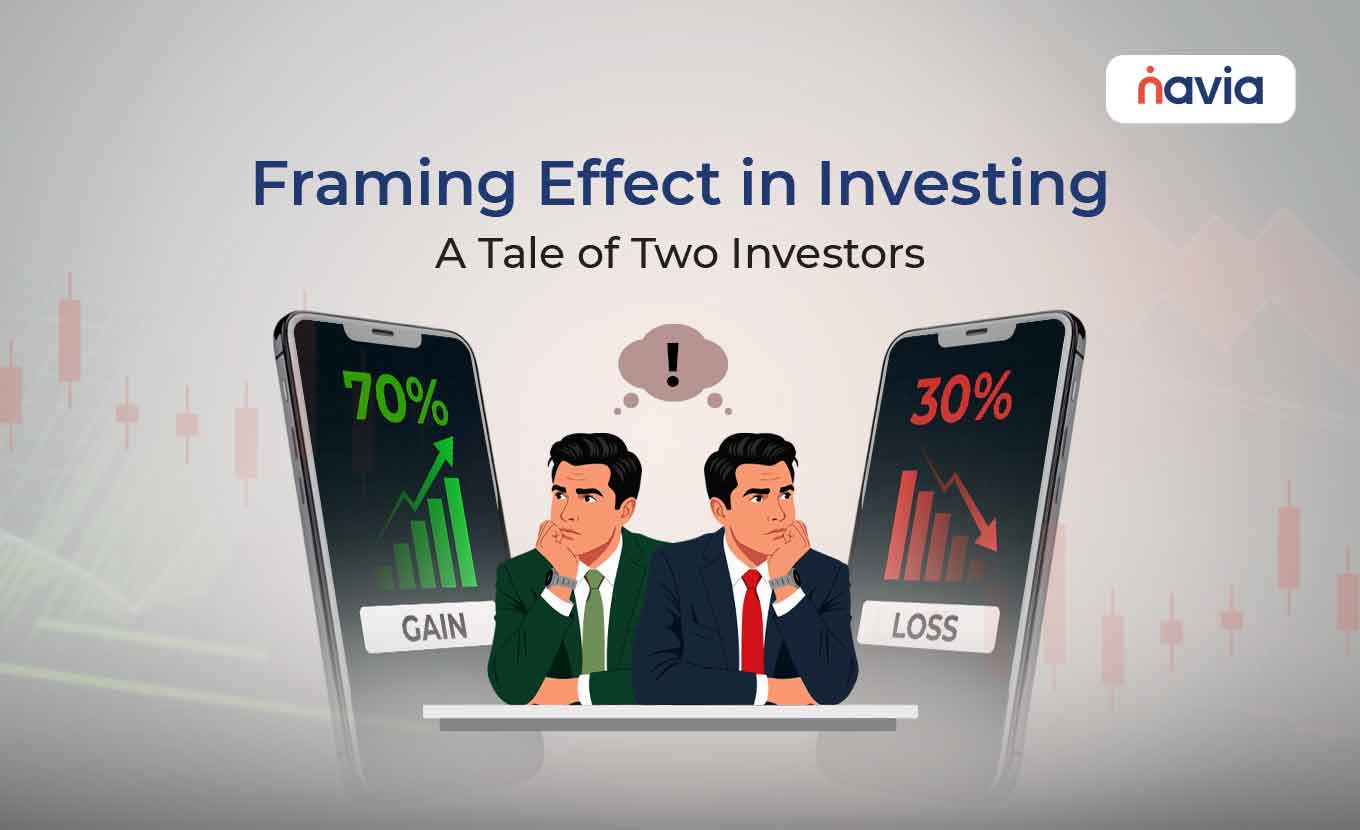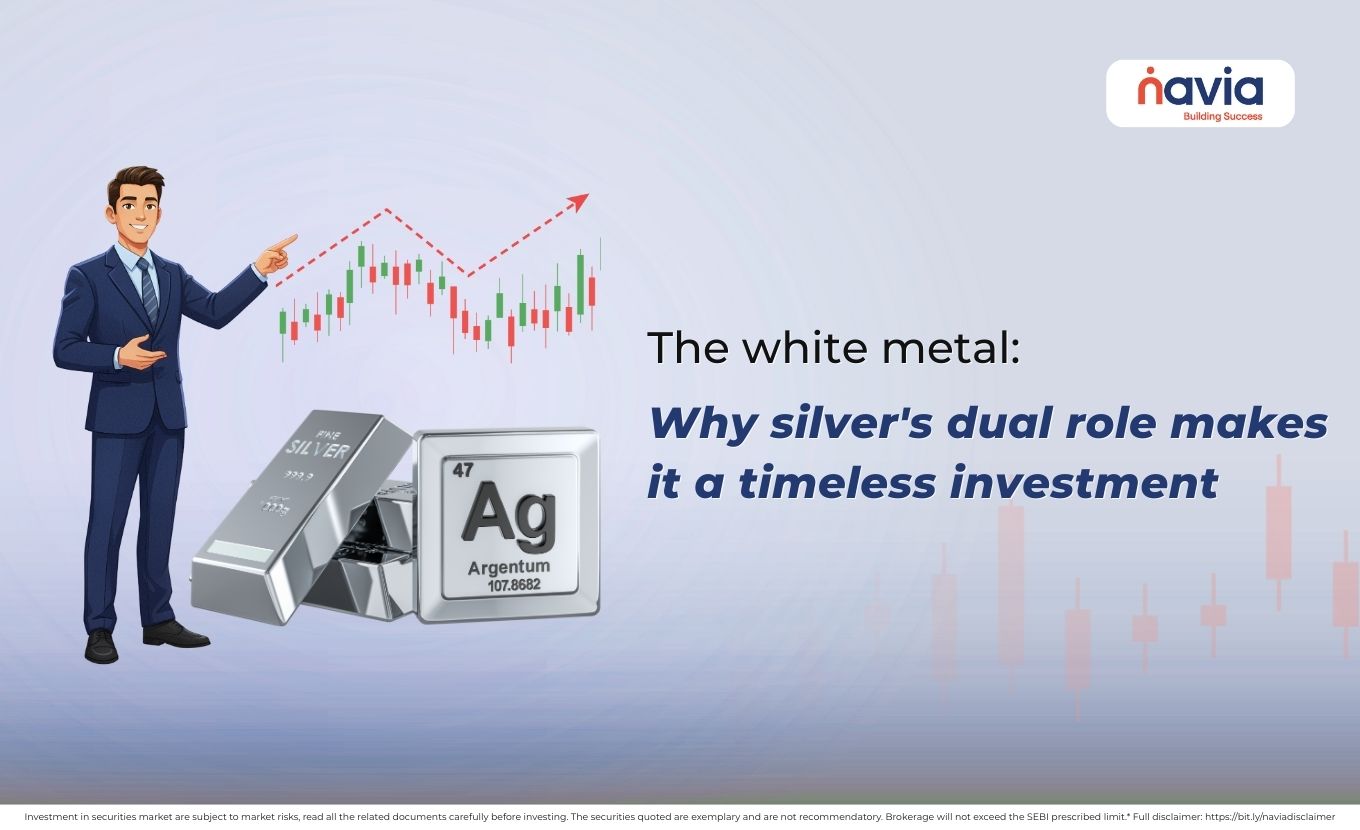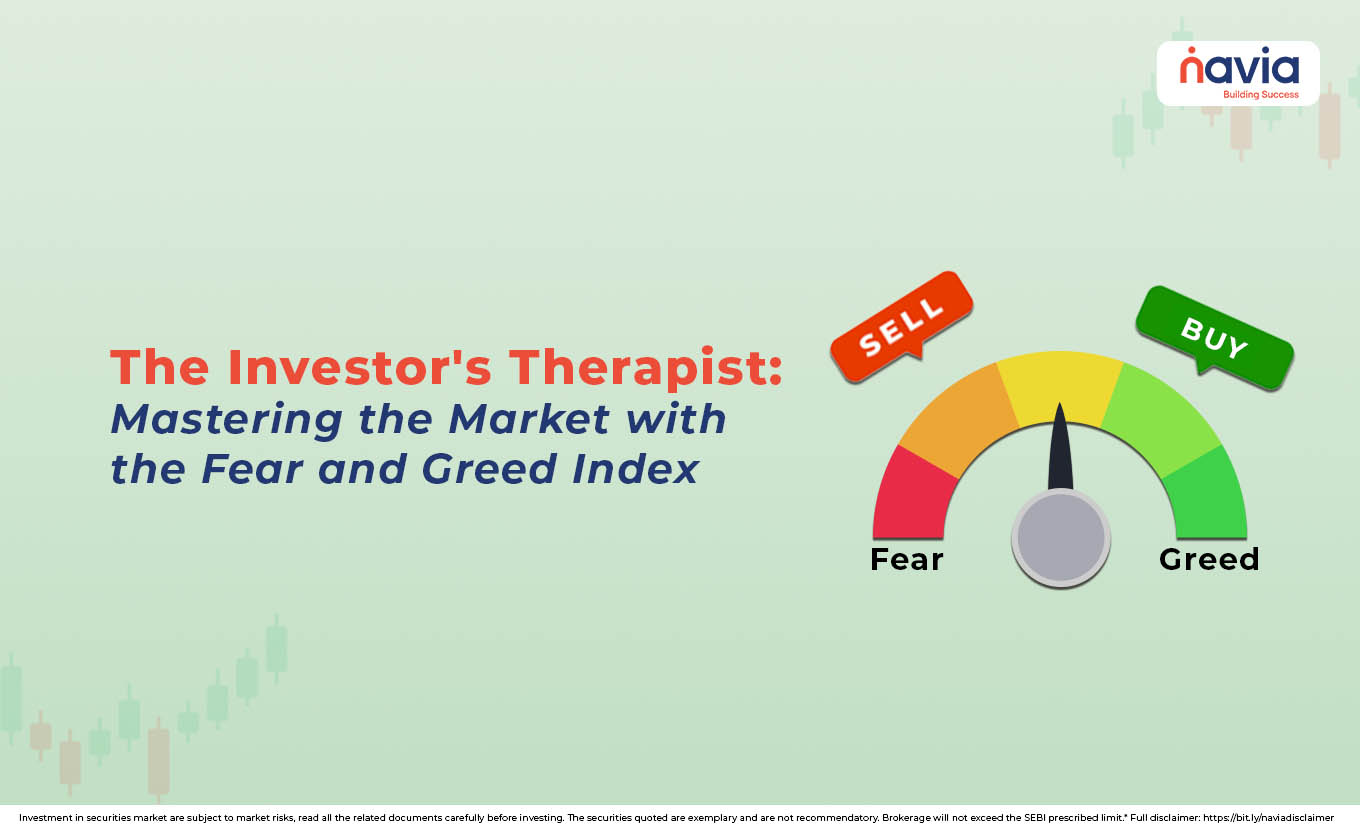Framing Effect in Investing – A Tale of Two Investors

- What is the Framing Effect?
- More Examples from Everyday Investing
- Why Do We Fall for It?
- How Can You Overcome the Framing Effect?
- Key Takeaway
Imagine this.
Two friends, Ravi and Suresh, are exploring investment opportunities. Both of them hear about the same mutual fund. But the way the fund is introduced to each of them is slightly different.
➱ To Ravi, the advisor says: *“This fund has delivered *15% average returns in the last 3 years.” Ravi is excited. He feels confident and wants to invest.
➱ To Suresh, the same advisor says: *“This fund has underperformed the benchmark in *2 out of the last 3 years.” Suresh is worried. He feels the fund is weak and decides to skip it.
Here’s the catch — both statements are factually correct. But Ravi and Suresh walked away with completely different decisions.
This is the Framing Effect in action.
What is the Framing Effect?
The framing effect is a behavioral bias where people react differently to the same information depending on how it is presented.
In investing, words like “success rate,” “failure rate,” “loss,” or “gain” can tilt our judgment even when the underlying facts remain unchanged.
More Examples from Everyday Investing
Stock Risk
➔ “This stock has a 10% chance of falling.” (feels risky)
➔ “This stock has a 90% chance of staying stable or rising.” (feels safe)
Loss vs Gain
➔ “You might lose ₹10,000 if things go wrong.” (fearful reaction)
➔ “You have a 90% chance of keeping your ₹1,00,000 intact.” (optimistic reaction)
Insurance Pitch
➔ “Protect your wealth with assured insurance payouts.” (as framed by marketers)
➔ “Don’t risk losing your wealth in uncertain markets.” (negative frame)
The facts don’t change. But our decisions do.

Why Do We Fall for It?
Humans are naturally loss averse — we dislike losses more than we like equivalent gains. That’s why “loss frames” hit harder, making us cautious, while “gain frames” make us optimistic.
How Can You Overcome the Framing Effect?
🔸 Flip the Frame: If you hear “90% success rate,” ask yourself — “So, 10% failure rate?”
🔸 See the Whole Picture: Don’t decide based only on returns — check volatility, benchmarks, and risks too.
🔸 Rely on Data, Not Headlines: Numbers matter more than presentation.
🔸 Beware of Marketing Language: It’s designed to frame information in the most attractive way.
Key Takeaway
Just like Ravi and Suresh, investors often make very different decisions when the same information is framed differently.
The good news is, once you’re aware of the framing effect, you can pause, reframe the numbers yourself, and make decisions based on facts rather than words.
Investors should seek the full picture — both risks and rewards — to make informed decisions.
Do You Find This Interesting?
DISCLAIMER: Investment in securities market are subject to market risks, read all the related documents carefully before investing. The securities quoted are exemplary and are not recommendatory. Full disclaimer: https://bit.ly/naviadisclaimer.






